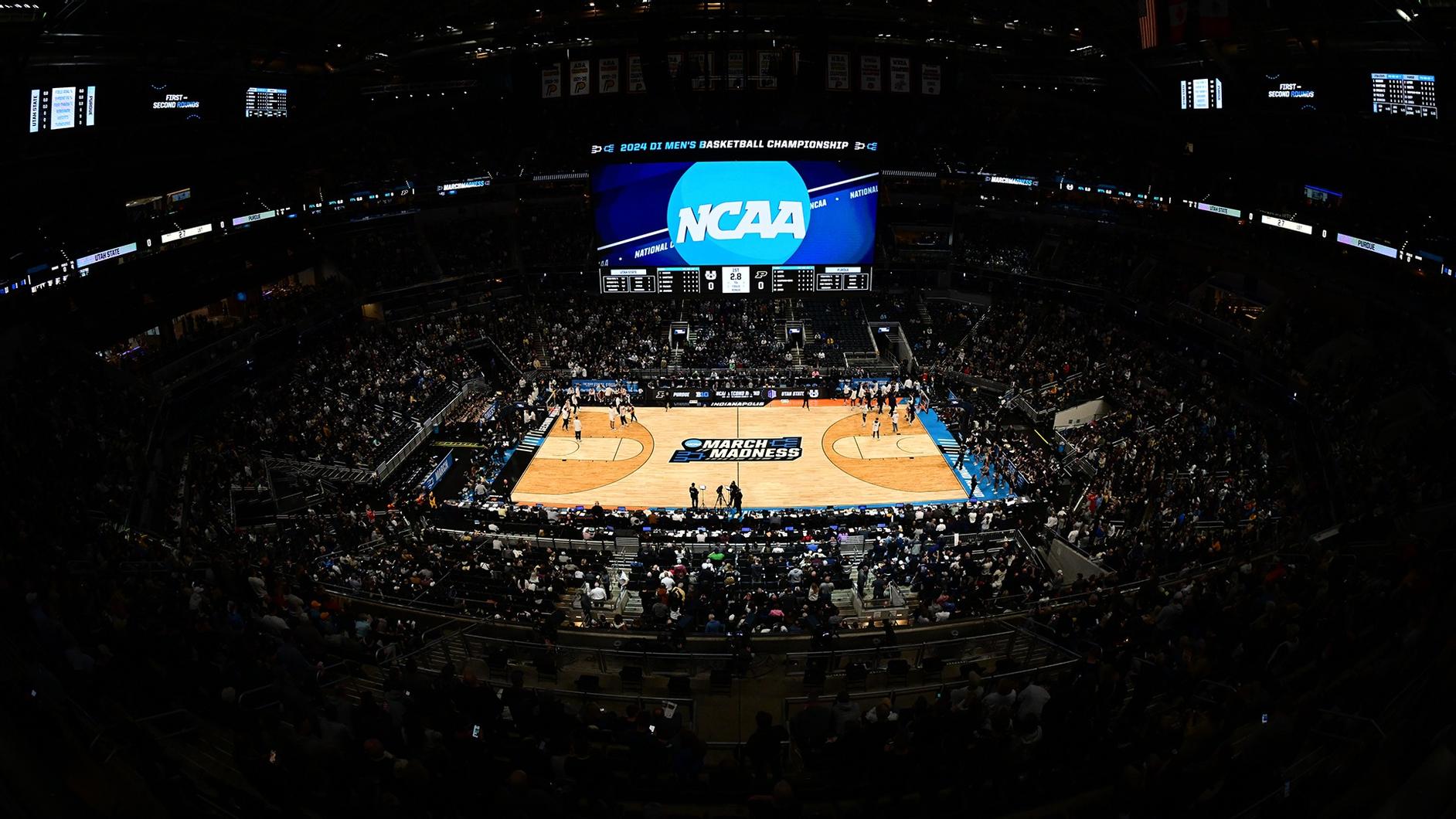Feast your eyeballs
Viewers can now see their favorite shows off-the-air, downloaded to a portable player or as pay-per-view from cable or IPTV. They can download to a PC, and after a decent interval, they can buy a package of episodes on DVD.
I sensed a feeling of optimism at NAB this year. Last year, it was all about HD. This year, there was strong interest in these many alternate delivery channels — IPTV, VOD and mobile. Broadcasters have discovered from recent market research that contrary to some expectations, these channels are not detracting from conventional broadcasting, but surprisingly viewers are watching even more television!
The last big change in technology, the introduction of HD, raised costs within existing business models. However the new channels — IPTV, VOD and mobile — operate with completely different business models, and because of that they present new opportunities.
When the DVR was introduced, doom-mongers predicted the end of television as we know it. Now the networks have found that viewers will watch major shows over the air and pay to watch a re-run the next day on their iPods, just one of the new opportunities. Unlike the launch of HD, it is the consumer-side technologies of wireless and broadband that are challenging the business models of content delivery.
The new delivery formats are giving viewers the opportunity to watch when they want, not when the channel planners schedule the slot. Although older viewers may baulk at watching TV on mobile devices, the iPod generation, raised on handheld game consoles, finds viewing what they want, where they want, par for the course.
High definition is great for appointment TV, but the mobile receiver looks set to revolutionize the way we receive breaking news and live sport. For broadcasters, this presents many problems, not least is how to serve graphics for the differing screen sizes. Just a simple example: The disclaimers run in many spots must be readable on the smallest handheld device, yet be discrete on an HD display. Downconversion is not an option. Having just figured out how to deliver effectively to 4:3 and 16:9 aspect ratios, add the almost square pictures of some mobile services, and the problems compound.
On-demand content, delivered anywhere, puts the viewer in the driver's seat, not the channel scheduler. The challenge for broadcast engineers is to enable these developments in television at a cost that meets two goals: maintaining margins for the TV station owners, and delivering content to the viewer at the right price — too high, and piracy inevitably grows.
Get the TV Tech Newsletter
The professional video industry's #1 source for news, trends and product and tech information. Sign up below.
At NAB, the price of many products continues to fall, especially in the software area. This is just as well; to service the new multiple delivery formats, broadcasters have to repurpose their content without adding costs.
The answer to many of these issues is automation and media asset management. This past year has seen an acceleration in the development of software applications to serve this new market of multiple graphics formats. The different formats will spawn many versions of a program, and affordable asset and workflow management provides the only sensible means to create multiple versions without adding to the head count at a station or network.
The old model of television funded by interstitial advertising will have to coexist with pay-per-view and subscription TV in a much more interactive viewer experience. NAB demonstrated that there is a wide choice of technology to help you deliver.
Send comments to: • editor@broadcastengineeringworld.com • www.broadcastengineering.com
